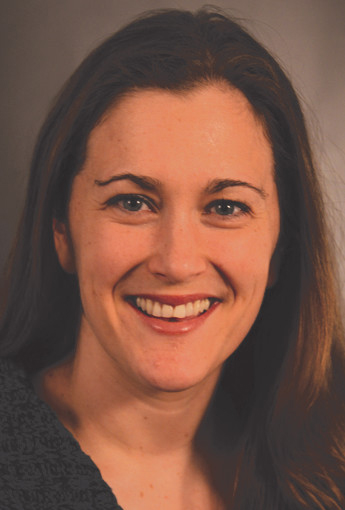Economic outlook: slow expansion in '16 with 2 percent GDP
By Susan Kelley


The U.S. economy will continue to expand slowly, thanks to a projected gross domestic product (GDP) of 2 percent, no inflation and a 5 percent unemployment rate, according to a Cornell economist.
The economy is still on the upswing, although the current expansion is not as strong as many would like, said Steve Kyle, associate professor of applied economics and management.
“I think of it as a long, hard trudge,” Kyle said. “We are not zooming off as we would normally see in a business cycle, but neither are we looking all that weak. The U.S. is the one bright spot in the global economy and we’re still going up.”
Possible risks to the U.S. economy include if China has a major crisis (it is difficult to say when that might happen because data are so unreliable) or if Europe has renewed debt problems, he added.
Kyle gave his annual U.S. economic forecast Jan. 20 at the Agricultural and Food Business Outlook Conference, hosted by the Charles H. Dyson School of Applied Economics and Management. (Kyle was traveling and spoke via a video recorded Dec. 18.)
A range of Cornell faculty, doctoral candidates and cooperative extension staff forecasted the 2016 outlook for the New York state and Northeast agriculture and food sector; the dairy industry and dairy policy; fruits and vegetables; grape, wine and ornamentals; and consumer trends driving produce consumption.
The U.S. economy still has capacity to grow, and the labor market is a key factor to that capacity, Kyle said. “There does seem to be a reserve army of unemployed or underemployed people who could come back to work more if we wanted them too.”
For monetary policy, he predicted the Federal Reserve will keep interest rates at 1 percent or less in 2016. The Fed may increase interest rates by .25 percent halfway through the year, and, if that goes well, it may increase rates again by perhaps another .25 percent in the fall. “I’d be surprised if there were more increases than that,” he said. “Gradual” is the key word, he added.
On the fiscal policy front, Congress thankfully passed a $1.8 trillion spending measure for 2016 in December, thus avoiding a government shutdown or default on debt, Kyle said.
Moving forward, Kyle predicted that although the country should be spending money on infrastructure, Washington, D.C., politicians will keep their hands-off fiscal policy because it is an election year.
“Nobody wins by trying to do something this hard in an election year, so I think they aren’t even going to try. They’re just going to let it go,” he said.
The GDP will be about 2 percent, he predicted, although it could be a bit lower if the Fed raises interest rates too much.
Unemployment will stay at about 5 percent, plus or minus a half a percent. As for inflation, “Don’t worry about it,” Kyle said. There are no indications whatsoever of inflation, especially given the low price of oil. “In fact, there’s good reason to think that gas prices will go even lower than they are now,” he said.
Profit margins squeezed in New York state ag sector
Jennifer Ifft, assistant professor of applied economics and management, reported on the economic characteristics of the New York state and Northeast agriculture and food sector.
New York state’s farm sector has become more efficient over time, with higher productivity on fewer acres, she said. “There will be continued pressure to increase productivity,” she said.
Risk management will continue to be a critical issue in the farm sector, she said. Crop insurance is one important risk-management tool, but it’s not the only one, she said, listing off-farm jobs among others.
Farmers will feel continued pressure on profit margins in 2016, due to weak crop and milk prices. “And there’s continued wage pressure. The labor supply is a huge issue for a lot of producers across the state,” she said.
Other high expenses will cut into profits; several categories have remained costly despite decreasing income. “Fertilizer and some other expenses have gone down, but overall there hasn’t been much relief for farmers,” she said.
That said, the state has a diverse farm sector, and the experience of farmers who produce specialty crops or livestock may not reflect these broader trends, she cautioned.
Media Contact
Get Cornell news delivered right to your inbox.
Subscribe